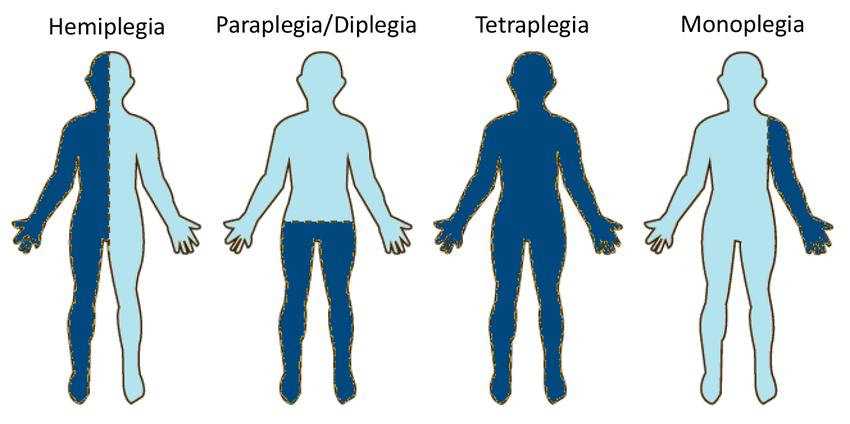Spastic paraplegia 50 (SPG50) is a rare and progressive type of inherited spastic paraplegia characterized by incomplete paralysis and muscle spasms in the lower part of the body. It is caused by mutations in the spastin gene (SPAST). Advancements in neurological research have expanded our understanding of the disease and its genetic causes. Treatments targeting spastin mutations now aim to halt or slow the progression of spasticity symptoms.
The Global Spastic Paraplegia 50 Market is estimated to be valued at US$ 130 MN in 2024 and is expected to exhibit a CAGR of 10% over the forecast period 2024 to 2031.
Growing prevalence of neurological disorders worldwide and rising investments for developing disease-modifying therapies are fueling market growth. While there is currently no cure for SPG50, several pharmaceutical companies have launched clinical trials to evaluate potential drug candidates.
Key Takeaways
Key players operating in the Global Spastic Paraplegia 50 Market are Pfizer, Sanofi, Novartis, GlaxoSmithKline, Johnson & Johnson, Merck, AstraZeneca, Bayer, Boehringer Ingelheim, Amgen, Biogen, Takeda Pharmaceutical, AbbVie, Bristol-Myers Squibb, Astellas Pharma, Daiichi Sankyo, Eisai, Eli Lilly, Gilead Sciences, and Novo Nordisk. These companies have significant resources devoted to R&D of new drug therapies.
The growing demand for effective treatment of spasticity symptoms associated with Global Spastic Paraplegia 50 Market Trends is driving clinical research. Various drug candidates targeting specific genetic mutations are under investigation. Researchers are also exploring stem cell and gene therapies which could potentially halt or reverse the condition over the long term.
Globally, partnerships between diagnostic labs, biotech companies and clinical research organizations are expanding access to diagnostic testing and recruitment of patients for SPG50 clinical trials. This allows for faster evaluation of experimental therapies on a global scale.
Market Drivers
Increasing research funding from government bodies and nonprofit organizations represents a key driver for the SPG50 market. Large grants support preclinical research as well as clinical trials, bringing more pipeline drugs closer to commercialization. As understanding of disease pathology improves, targeted therapies are expected to gain popularity over conventional treatment options.
Get More Insights, On Global Spastic Paraplegia 50 Market
